Before I had a baby, my fur baby was my only baby. My dog, Max, had his own cozy bed, got belly rubs on demand, and was the center of attention. When I found out I was pregnant, I started to wonder—how would Max handle sharing the spotlight? Would he feel left out? Would he be gentle with the baby? Would I have time for both of them?
If you’re a pet parent welcoming a baby, you’ve probably had these same worries. The good news? Babies and pets can form the sweetest, most heartwarming bond—one built on love, trust, and gentle introductions. But like any big transition, it takes some planning and patience.
Here’s what I learned (sometimes the hard way!) about creating a safe and happy relationship between your little one and your furry family member.
1. Start Preparing Your Pet Before Baby Arrives
Pets, just like humans, need time to adjust to change. One of the best things I did was slowly introduce Max to the idea of a baby before our little one even arrived.
Play baby sounds: I found recordings of newborn cries, giggles, and coos and played them at low volume while giving Max treats. This helped him get used to the sounds without being startled.
Adjust routines gradually: I knew my schedule would change once the baby arrived, so I started making small adjustments to Max’s feeding and walk times before the big day. This way, it wasn’t a total shock.
Set up baby gear early: Cribs, swings, and strollers can be confusing (or even scary!) for pets. I let Max sniff everything and explore at his own pace so he wouldn’t feel like a stranger in his own home.
Introduce new boundaries: If there were certain areas I didn’t want Max in—like the nursery—I set those boundaries in advance, so he didn’t associate them with the baby.
2. The First Meeting: Keep It Calm and Positive
The first time Max met the baby, I was nervous. Would he bark? Jump? Feel jealous?
Here’s what worked:
Let the pet sniff a baby blanket first: Before bringing the baby close, I gave Max a blanket with the baby’s scent. This helped him get familiar with the new tiny human in a safe, non-overwhelming way.
Stay calm and relaxed: Pets pick up on our energy. I made sure to keep my voice soft and my movements slow, reassuring Max that everything was okay.
Use positive reinforcement: Every time Max behaved gently or calmly, I rewarded him with treats and praise. This reinforced that good things happen when the baby is around.
Keep first interactions short: I didn’t force anything. I let Max take his time, sniff the baby’s feet (never the face), and step away when he wanted to.
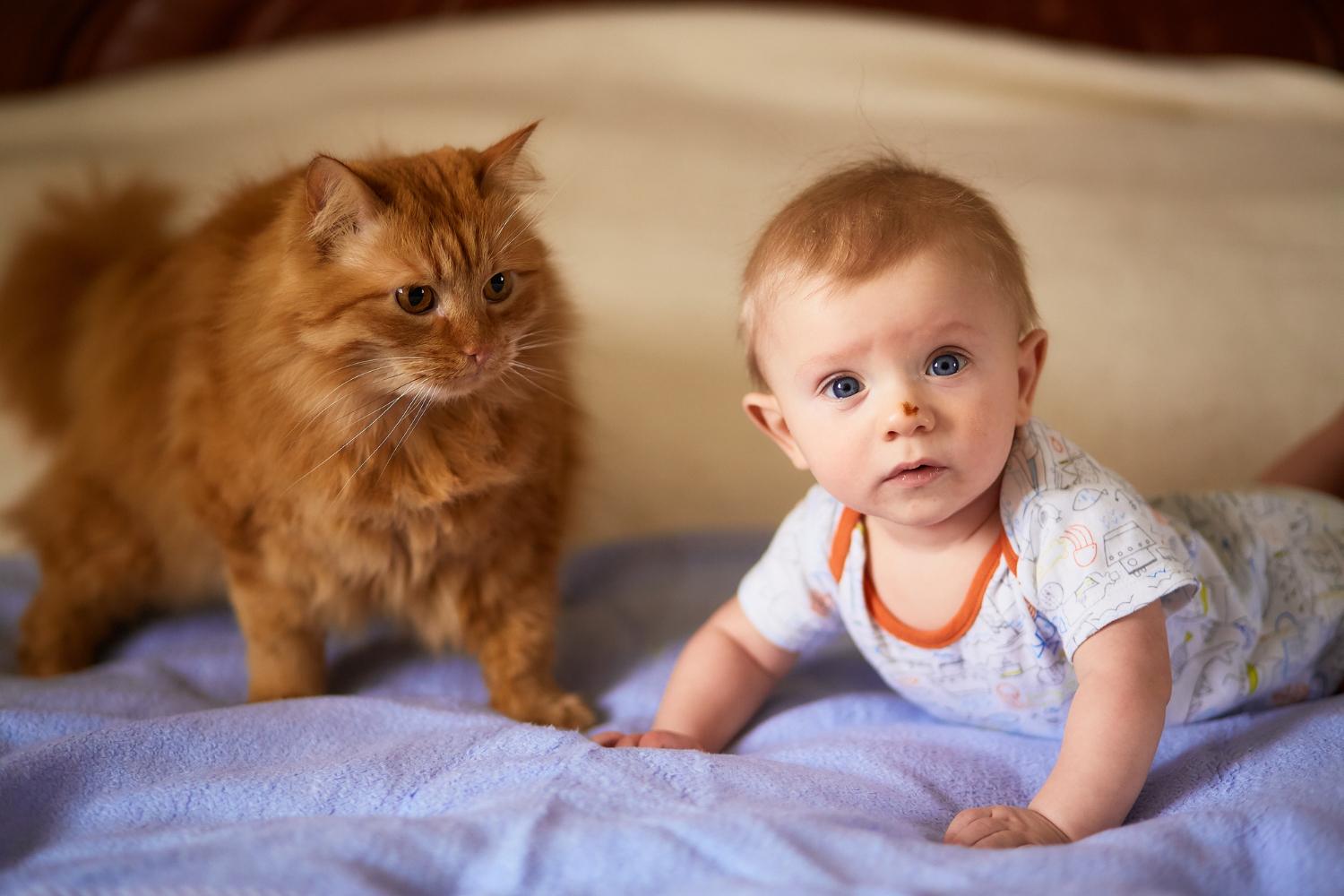
3. Balancing Attention Between Baby and Pet
One of my biggest worries was that Max would feel neglected once the baby took up most of my time. And to be honest? There were moments when I totally forgot about him in the chaos of newborn life.
To make sure he still felt loved, I made a few small but meaningful changes:
Incorporate pets into baby time: While feeding the baby, I would pet Max with my free hand or talk to him. It made him feel included instead of ignored.
Schedule one-on-one time: Even just 10 minutes of playtime or a belly rub before bedtime helped reassure Max that he was still part of the family.
Use enrichment toys: When I was too busy to entertain Max, I gave him puzzle toys or treats to keep him occupied. A happy, mentally stimulated pet is far less likely to act out.
Ask for help: When things got overwhelming, I had family or a friend take Max for walks or give him extra attention.
4. Teaching Gentle Interactions as Baby Grows
At first, my baby didn’t do much besides eat, sleep, and cry. But as she got older and started grabbing things (hello, dog fur!), I knew I had to teach gentle interactions.
“Gentle hands” rule: I guided my baby’s hands when she reached for Max, showing her how to softly touch instead of pulling. (This took many reminders!)
Respect pet boundaries: If Max walked away, I never forced him to interact. Teaching my daughter to respect his space was just as important as teaching him to be gentle with her.
Safe zones for pets: I made sure Max had his own quiet space where he could retreat when he needed a break—no tiny hands allowed.
Supervised playtime: No matter how well they got along, I never left them alone together. Even the sweetest pets can get startled or react unexpectedly.
5. Embracing the Beautiful Bond That Forms
One of the most rewarding moments of motherhood has been watching the bond between my baby and Max grow.
Now, they’re inseparable. My toddler feeds Max snacks (sometimes too many), lays on him like a pillow during movie time, and giggles every time he wags his tail. Max follows her around like a protective big brother, and it melts my heart every single time.
Sure, there were challenges along the way, but with patience, love, and clear boundaries, our family found a way to make it work.
Final Thoughts
If you’re bringing a baby into a pet-loving home, know this: it doesn’t have to be stressful. With preparation, patience, and plenty of positive reinforcement, your furry friend and your baby can build a bond that’s filled with love and lifelong companionship.
Have you gone through this transition? How did your pet react to your baby? I’d love to hear your experiences—drop them in the comments!


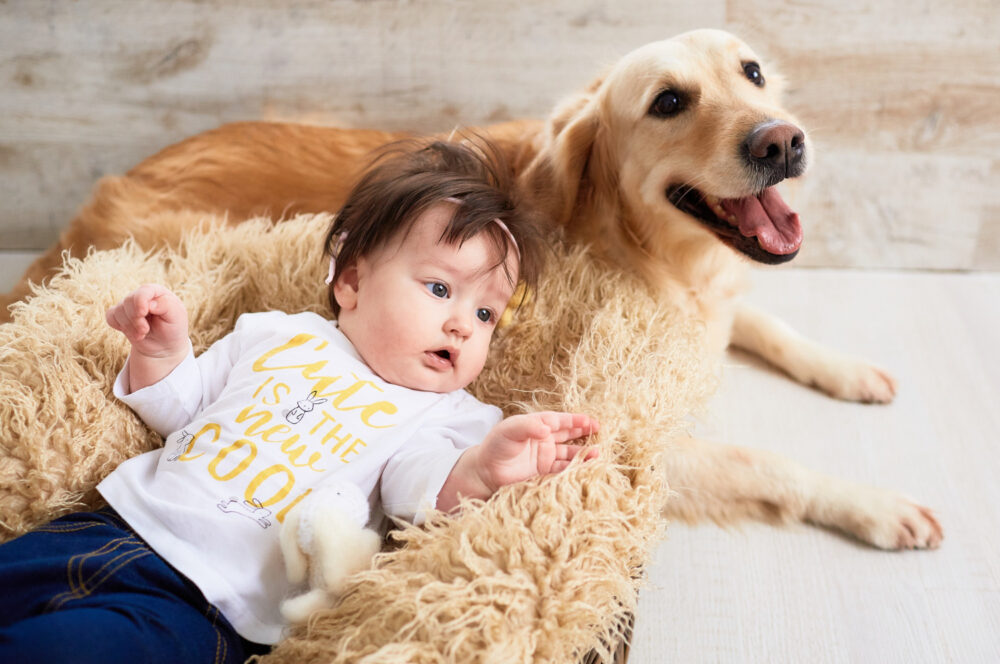
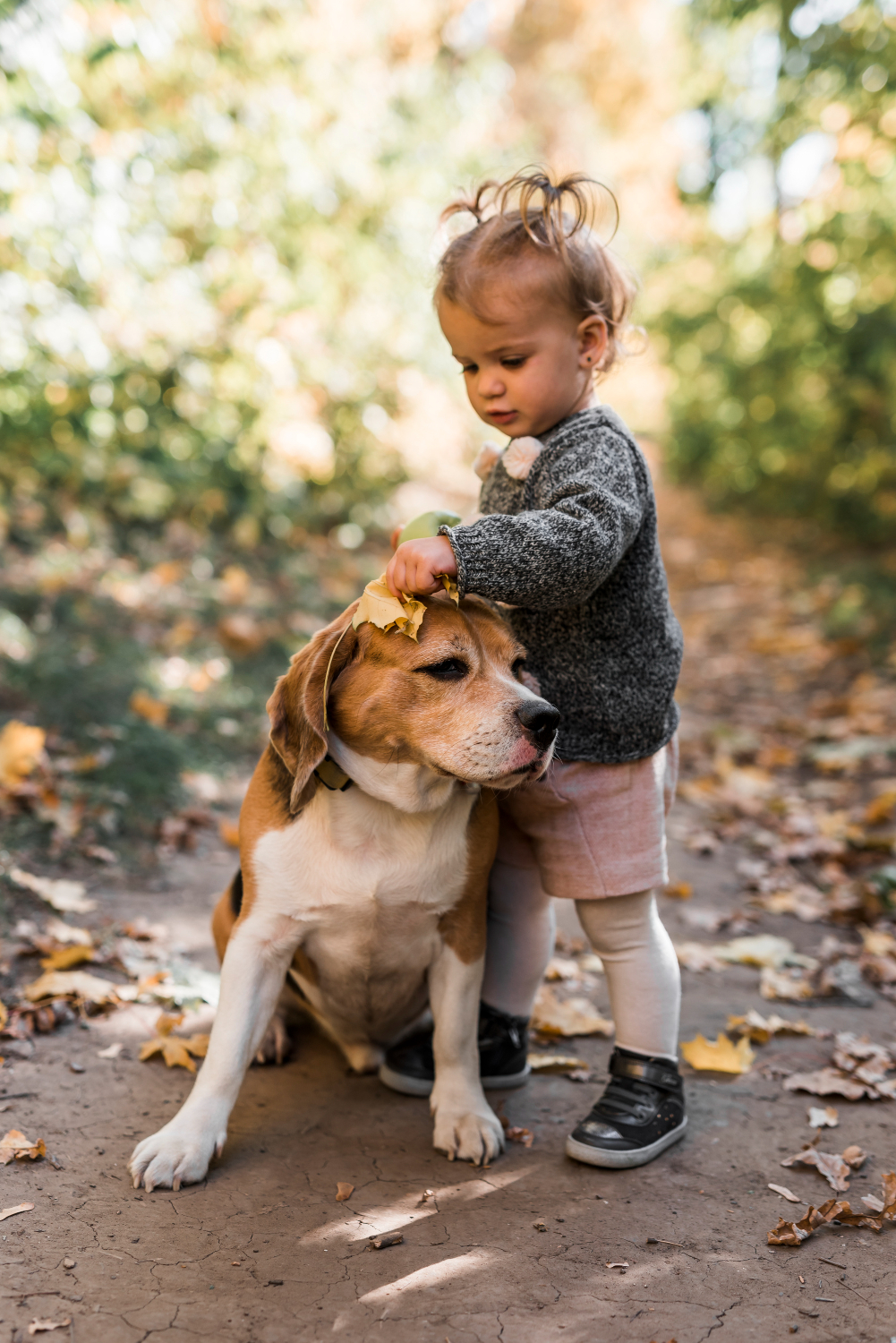


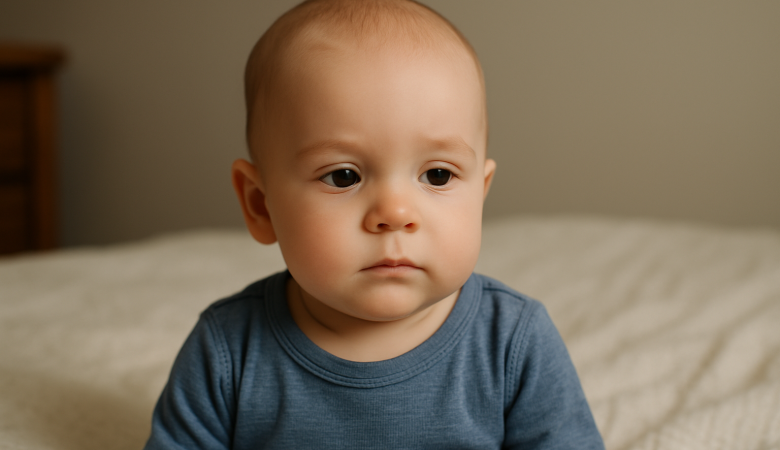

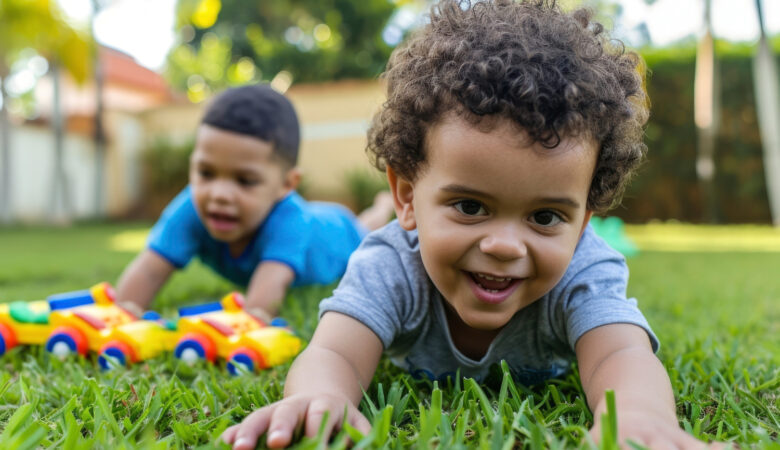
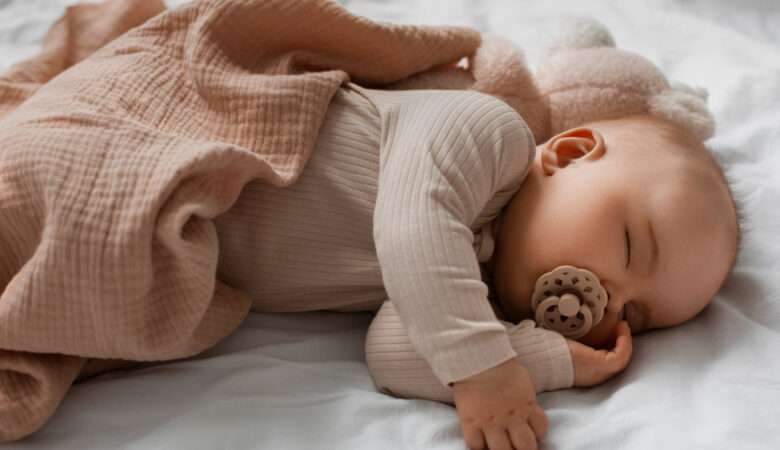
Leave a Reply